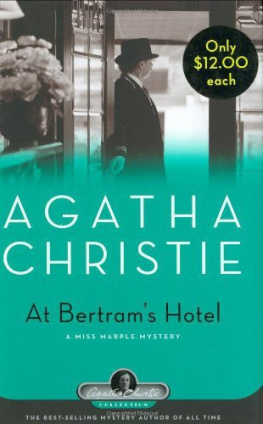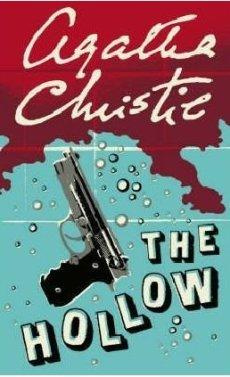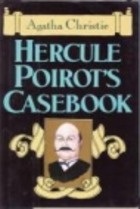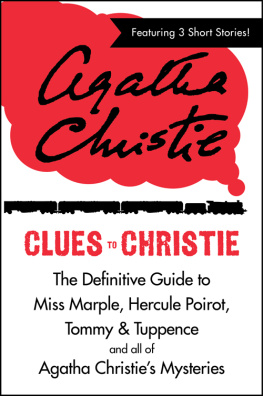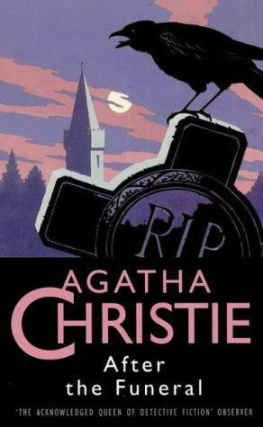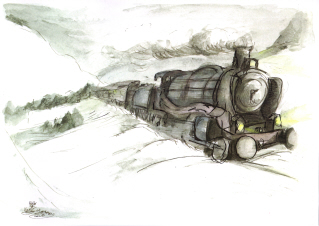About Angela Youngman
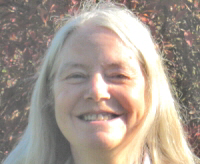
Angela Youngman is a full-time freelance writer, journalist, photographer and researcher. She writes regularly for a wide range of magazines, newsletters and websites. Specialist subjects include history, travel, walking, heritage, education, folklore and gardening.
In recent years she has written several books on walking, history and gardening. She particularly likes new ideas and combining several topics together. HerWalking with Kids, Travelling with Kids and a regional series on Walking with Legends combine history, folklore and walking with related activities for children. Other walk books include Kiddiwalks Norfolk.
Angela has developed a large garden from scratch that includes large areas to grow vegetables and fruit. The garden and fields are organic and a haven for wildlife. Her gardening books include Gardening A Beginners Guide and Green Roofs. She regularly gives talks to local gardening clubs.
She lives with her family and cats in rural Norfolk. Angela has a history degree from the University of Wales. She believes that learning should be fun, combining a mixture of practical elements, book learning and experiencing as many places and activities as possible.
The idea for the In the Footsteps of... series is partly due to the activities undertaken by Angela and her family. It also reflects a belief that history, literature, travel and films link together and make visiting places much more interesting.
About Karis Youngman

Karis is Angelas daughter. Although still a student artist, she has already provided original illustrations and cover art for several books.
Her artistic inspiration comes from a mix of history, literature, film, fantasy, manga and famous illustrators including Arthur Rackham, John Howe, Charles Vess and Walt Disney.
Kariss ambition is to make a career from art and writing. She enjoys traveling the country to see places that she can sketch or gain inspiration from.
1: The Stories
Agatha Christie is often described as The Queen of Crime having created legendary detectives like Hercule Poirot and Miss Marple. Books such as Murder on the Orient Express are now among the most famous in publishing history. Her books sell worldwide. Over 2 billion copies have been sold in more than 70 different languages sales that are exceeded only by the Bible and Shakespeare. Four million books by Agatha Christie are sold every year and all her books remain in print. There have been hundreds of television and film productions.
In a writing career spanning over 60 years she wrote some 80 novels, 150+ short stories and 19 plays. Most of her books have been turned many times into films or plays. While her play The Mousetrap is the longest running production in theatrical history and shows no sign of losing its appeal.
So what makes these stories so irresistible?
None of her books set out to do more than tell a good story and this was what her readers wanted. She never dealt with social or political themes. Instead she set out to appeal to the popular market, providing stories which constantly baffled readers and kept them guessing until the very last page was reached. Her books are quite simply page-turners you have to keep reading. She knew her audience, human nature and what made people commit crimes.
Written over a span of 60 years, the stories are mainly set within a 1920s 1940s time frame and reflect the way of life of that period. It is a world of gentility in which there are no servant problems. There are few indications of specific years or events. The stories have no time lines, beyond occasional references to spies, usually German and government departments seeking the assistance of Hercule Poirot.
Many of the stories are country house mysteries involving locked rooms, murders by many different methods and intriguing plot lines. Key characters generally come from the upper and middle classes; they are people possessing wealth and power or have a clear position in society. The police play a minor role, often shown as being unable to follow clues, jumping to conclusions and arresting the wrong people. Frequently a map is provided showing the location of different rooms within a house or building. In Death on the Nile, a map of the promenade deck shows the location of cabins.
A similar format is followed in each mystery. There is a group of suspects within a specific area, usually isolated, and a detective sets out to solve the mystery. Attention tends to focus on one character after another, with each character having the opportunity and/or a reason to do the murder. There is always an element of surprise when the murderer is unmasked at the end. Sometimes, but not always, the detective is helped by a companion.
Hercule Poirot is her most famous detective. A Belgian detective, now retired from the police force, he acts in a private capacity. Poirot had come to England as a refugee from the German occupation of his country in 1914. He appears in the first book she ever wrote The Mysterious Affair at Styles where he solves the mystery concerning the death of an elderly lady from strychnine poisoning.
Subsequently he reappears in 37 novels and many short stories. Titles include Sparkling Cyanide, Appointment with Death, Evil under the Sun, Death on the Nile and Lord Edgeware Dies. He is widely recognised as one of the most popular detectives in the history of crime fiction. Everyone can immediately recognise him from books or films.
His catchphrase the little grey cells is well known, as are his powers of deduction. An eccentric character, he is obsessed with beauty, precision and symmetry, and is frequently seen to be rearranging objects or twirling his moustache. Poirot has a distinctive accent and enjoys drinking glasses of sirop de cassis. He wears patent leather shoes and is always precise in his appearance. Sometimes he works alongside police Inspector Japp and often has Captain Hastings as a helper.
Poirot is asked to investigate a crime. This may be a request by the police, or by a private individual. He does so, looking for clues and using his little grey cells to work out the solution. The reader is kept in continual suspense and can never quite work out just who is responsible for the crime, as new clues and distractions are constantly introduced. As the conclusion is reached, Poirot invariably calls all the key characters together and outlines how he has reached his verdict. He tells the story of the crime, showing exactly how it happened, then his method of working it out, before announcing the identity of the culprit.
The most famous story is Murder on the Orient Express, which was published in 1934. Hercule Poirot is among a group of passengers who board the train at Istanbul. Along the route, the train is halted by deep snow. A man is found dead in his cabin having been stabbed with great ferocity. The killer is on the train but who? Poirot investigates only to find that everyone has a reason to hate the murdered man. The solution is extremely ingenious.
Locations vary considerably. Death on the Nile deals with a cruise ship along the River Nile in Egypt; while

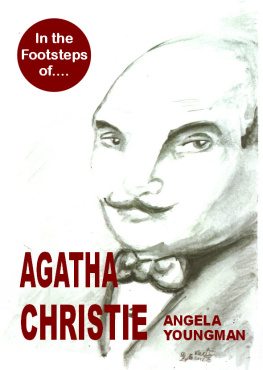
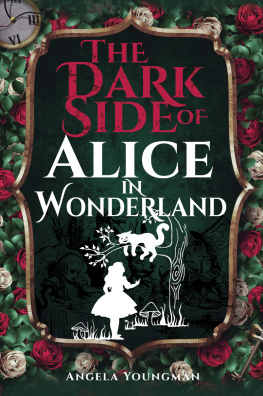

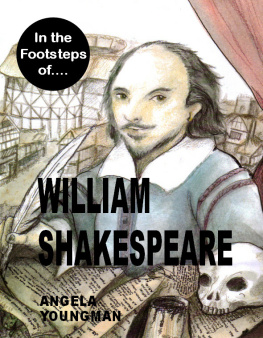



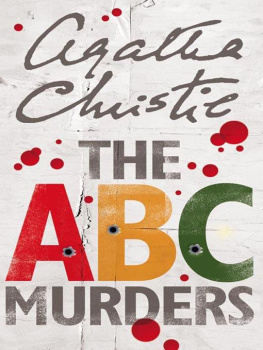
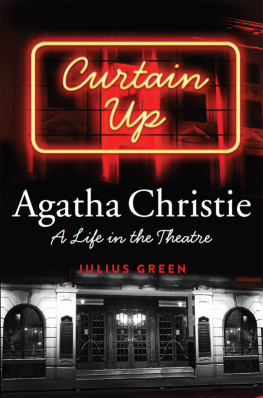
![Agatha Christie [Agatha Christie] - Problem at Pollensa Bay](/uploads/posts/book/140367/thumbs/agatha-christie-agatha-christie-problem-at.jpg)
